Cease and Desist Letter Template for Legal Protection
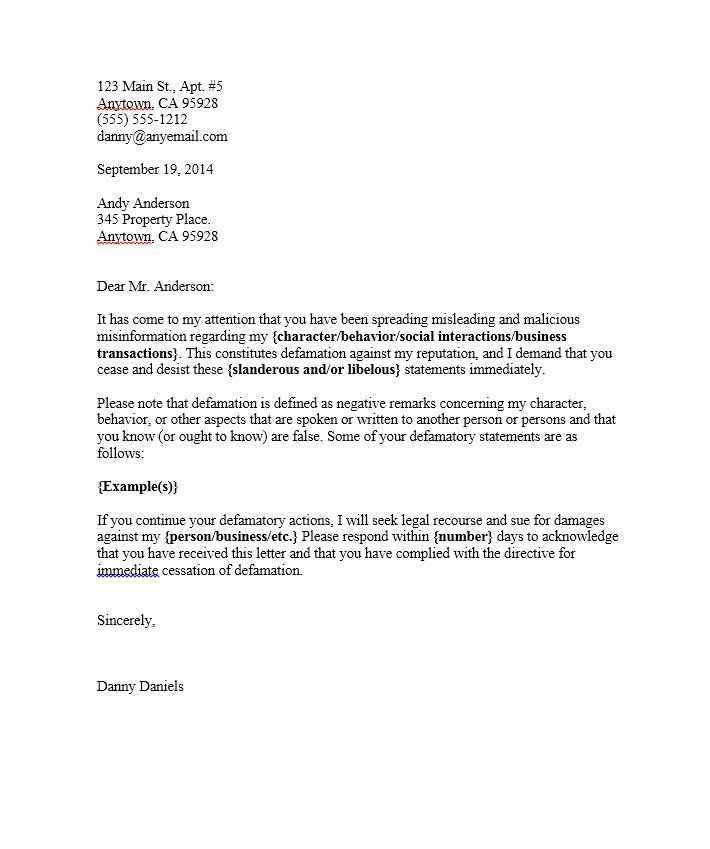
In situations where one party feels their rights are being violated, it may be necessary to send a formal communication demanding the cessation of certain actions. This document serves as a clear request for the recipient to halt activities that are infringing upon the sender’s legal standing. Crafting an effective message is crucial in ensuring the desired outcome.
By structuring this document with the proper elements, you can create a legally binding notice that clearly outlines the issues at hand and the required actions. The goal is to convey the seriousness of the matter while remaining professional. A well-crafted notice can often resolve disputes without the need for further legal proceedings.
Understanding how to properly draft such a communication is essential. It ensures that your concerns are taken seriously and that the other party is aware of the potential consequences if the demands are not met. With the right approach, this step can be an effective tool in protecting your rights and resolving conflicts amicably.
Understanding Formal Legal Notices
In the realm of legal disputes, it is often necessary to formally request the cessation of certain actions or behaviors that violate rights or agreements. A well-drafted document serves as an official communication, outlining specific actions that need to be stopped immediately. These documents are commonly used in cases involving intellectual property infringement, contract breaches, or harassment.
Purpose and Importance
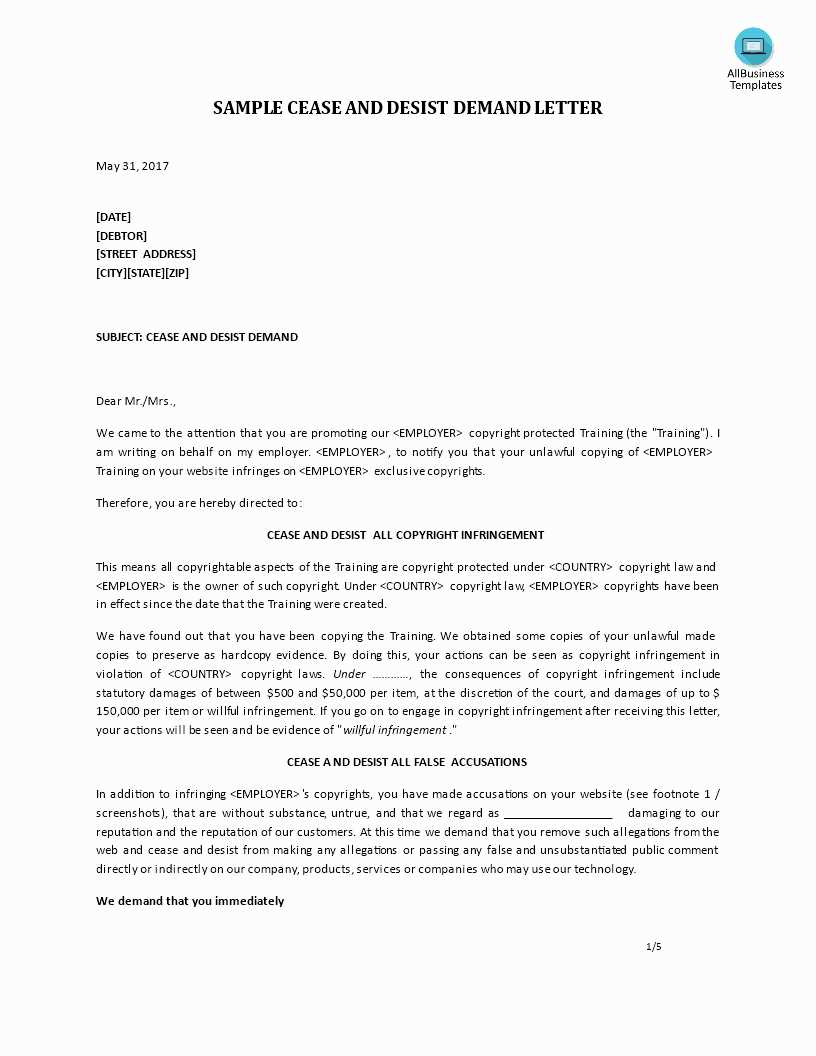
The primary goal of this communication is to protect the sender’s legal interests. It serves as a warning to the recipient, informing them of the legal consequences they may face if they continue with the infringing behavior. By establishing clear terms and demands, the document provides both parties with an opportunity to resolve the issue before escalating to litigation.
Key Features of an Effective Notice
When creating this type of document, certain elements must be included to ensure it is legally sound and impactful:
- Clear Identification: The document should identify both parties involved and the specific actions that are in violation.
- Specific Demands: It should outline what the recipient must stop doing, as well as a timeline for compliance.
- Consequences: A detailed description of the potential legal actions that could follow if the recipient does not comply with the demands.
- Legal Basis: The document should reference the laws or agreements that have been violated, ensuring the request is grounded in legal grounds.
By including these components, the notice becomes a powerful tool for addressing violations and preventing further damage. Understanding the key features and purpose of such communications is essential for anyone looking to protect their rights and interests in a legal context.
Essential Components of a Legal Notice
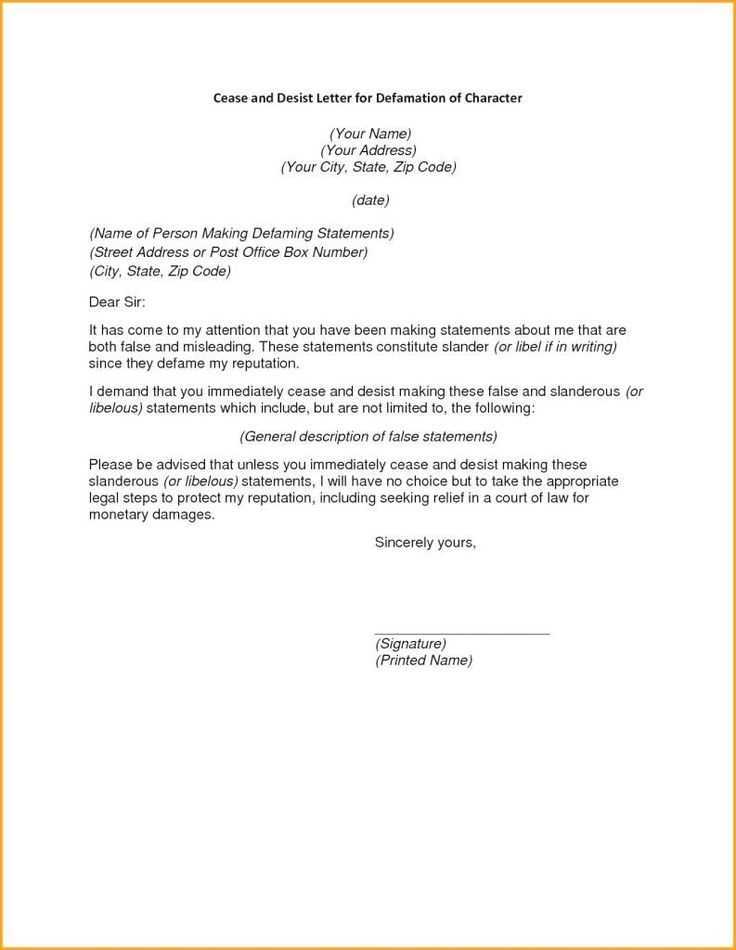
When addressing a legal issue through formal communication, certain elements must be included to ensure the document is clear, effective, and enforceable. These key components help convey the seriousness of the matter while providing the recipient with a clear understanding of what is expected of them and the potential consequences if they fail to comply.
Critical Information to Include
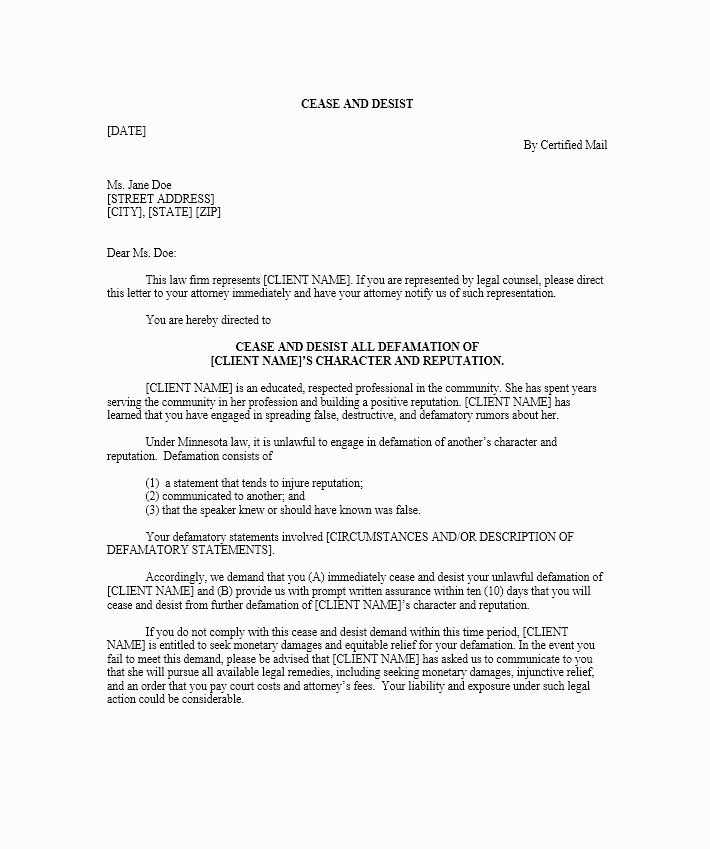
To make the notice legally valid, it must contain specific details that outline the situation and the actions required. The following points are fundamental:
- Identification of Parties: The names and contact details of both the sender and the recipient should be clearly stated.
- Clear Description of the Violation: The notice should precisely describe the actions that are being contested, explaining how they breach legal or contractual obligations.
- Demands for Action: The document must explicitly state what the recipient must stop doing or do differently, along with a reasonable timeframe for compliance.
Legal Framework and Consequences
To ensure the notice has legal weight, it should reference the relevant laws, agreements, or terms that justify the demands. Additionally, it must outline the potential consequences if the recipient does not comply, such as legal action or further legal remedies. This serves to emphasize the seriousness of the matter and motivates timely compliance.
By including these essential elements, the communication becomes a formal, legally recognized document that can lead to a resolution of the issue without the need for further legal proceedings.
Steps to Create a Formal Legal Document
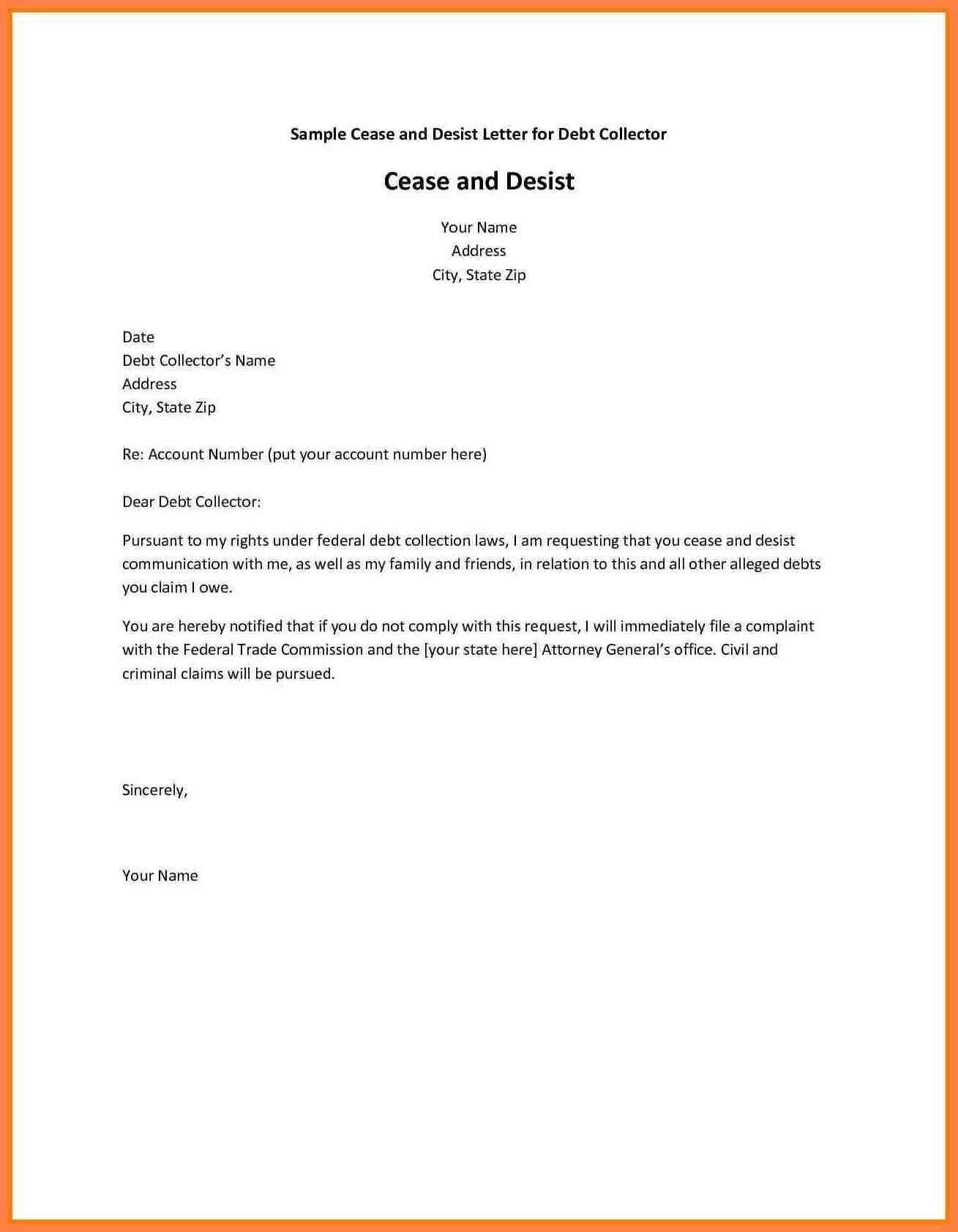
When crafting a formal legal notice to address an infringement or violation, there are specific steps that must be followed to ensure the document is effective and legally sound. A well-structured communication can prevent the need for further legal actions and help resolve the issue quickly. The process involves identifying the problem, drafting the document, and ensuring it meets all legal requirements.
Step 1: Identify the Issue
The first step is to clearly identify the problem at hand. Specify the actions that are in violation of your rights or agreements, and gather any evidence that supports your claim. This might include contracts, intellectual property documentation, or any other relevant material. The more detailed the description of the violation, the stronger the document will be.
Step 2: Draft the Communication
After identifying the issue, you can begin drafting the formal notice. Ensure the document contains the following key points:
- Details of the Parties Involved: Clearly list both the sender and recipient’s information.
- Description of the Violation: Explain in precise terms what actions are being contested and how they breach legal or contractual obligations.
- Demands for Action: Clearly outline what the recipient must do to resolve the issue and within what time frame.
- Legal Grounds: Reference relevant laws or agreements that substantiate the request.
- Consequences of Non-Compliance: Explain the legal actions that may follow if the recipient ignores the request.
By following these steps, you can ensure that your legal notice is not only clear and professional but also stands up in a legal context if further action is needed.
How to Effectively Deliver a Notice
Delivering a formal legal communication in the right manner is just as important as drafting it correctly. The method of delivery ensures the recipient receives the notice and understands its seriousness. It also establishes a record of the communication, which could be crucial in future legal proceedings. The goal is to ensure that the recipient is aware of the issue and the action required, while also adhering to legal standards.
There are several ways to deliver this type of notice, each with its advantages. The method chosen should be based on the nature of the violation and the legal requirements of your jurisdiction. Proper delivery ensures that the recipient cannot claim ignorance of the document and is legally obligated to respond.
Common methods for sending such a communication include:
- Certified Mail: Sending the notice via certified mail provides proof of delivery and ensures the recipient acknowledges receipt.
- Personal Delivery: Hand-delivering the notice in person allows you to confirm that the recipient has received it directly.
- Email with Delivery Confirmation: While not always legally binding, sending the notice via email with a read receipt can be a fast and efficient way to deliver the message.
- Courier Service: Using a professional courier service ensures prompt delivery and provides confirmation of receipt.
Once the notice is delivered, it’s essential to retain proof of delivery for your records, in case the matter escalates and legal action becomes necessary.
Common Issues with Legal Requests
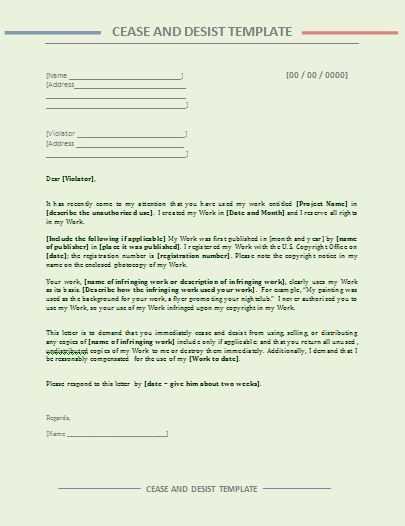
While formal legal communications are a powerful tool in resolving disputes, there are common issues that can arise during their creation and delivery. These challenges can undermine the effectiveness of the document or delay the resolution of the issue. Understanding these potential pitfalls can help ensure that your request is both clear and enforceable.
Some of the most frequent problems include:
- Vague Language: Using unclear or ambiguous terms can lead to confusion about the demands being made. It’s important to be as specific as possible regarding the actions that need to stop or change.
- Lack of Proper Documentation: Failing to provide sufficient evidence or background information can weaken the argument. Supporting documentation, such as contracts or intellectual property rights, should be included whenever applicable.
- Failure to Include Legal Basis: A formal request without reference to relevant laws or contractual obligations may not hold up in court. Always cite the specific laws or agreements that justify the action.
- Improper Delivery: Not delivering the request in a manner that ensures the recipient receives it can result in the notice being ignored. Proof of delivery, such as certified mail or a courier service, is essential.
- Unrealistic Demands: Setting unreasonable deadlines or making excessive demands can lead to non-compliance. Be reasonable about the time frame for resolving the issue.
By addressing these common issues, you can improve the chances of successfully resolving a dispute and preventing the need for further legal action.
Legal Consequences of Ignoring a Formal Request
Ignoring a formal legal notice can lead to serious consequences, both in terms of the ongoing dispute and potential legal ramifications. When a recipient fails to take action or respond to the request, it can escalate the situation, leading to further legal proceedings. The failure to comply with a formal demand often results in more severe penalties or actions that could have been avoided.
Potential Legal Actions
If a recipient ignores the notice, the sender may pursue various legal remedies depending on the nature of the violation. These actions can include filing a lawsuit, seeking damages, or requesting an injunction to prevent further harm. Ignoring the notice could also lead to higher legal costs and a less favorable outcome in court.
Common Legal Penalties
The consequences of failing to act upon a formal request may include the following legal penalties:
| Consequence | Explanation |
|---|---|
| Legal Action | The sender may file a lawsuit to enforce their demands, potentially leading to costly litigation. |
| Monetary Damages | Ignoring the request can lead to the payment of damages for any losses or harm caused by the violation. |
| Injunctions | A court may issue an injunction, preventing further violations and imposing strict requirements on the recipient. |
| Reputational Damage | Failure to comply with a formal request can harm the recipient’s reputation and business relationships. |
Understanding these potential legal consequences emphasizes the importance of addressing formal requests promptly and seriously. Responding in a timely and appropriate manner can help resolve the issue without the need for further legal complications.